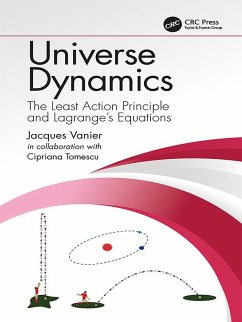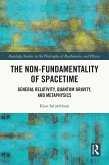Brought together in one focused and exclusive treatment, this book provides an elementary introduction to the important role and use of the least action principle and the resulting Lagrange's equations in the analysis of the laws that govern the universe. It is an ideal complimentary resource to accompany undergraduate courses and textbooks on classical mechanics.
Features:
- Uses mathematics accessible to beginners
- Brings together the Principle of Least Action, Lagrange's equations, and variational principles in mechanics in one cohesive text
- Written in a clear and easy-to-understand manner
Dieser Download kann aus rechtlichen Gründen nur mit Rechnungsadresse in A, B, BG, CY, CZ, D, DK, EW, E, FIN, F, GR, HR, H, IRL, I, LT, L, LR, M, NL, PL, P, R, S, SLO, SK ausgeliefert werden.
Before looking at the principle of least action, the text presents a review of mechanics, relativity, electromagnetism, and quantum mechanics. The authors' aim in this section is to see how these areas are typically studied without the use of the least action principle. The principle is then presented and tied directly to Lagrange's equations. The second half of the text consists of various examples of applying the principle to the areas that were discussed in the initial review. Though not all problems of interest are considered, these are good examples that can be used to see how to apply the principle broadly. This is not an introductory text; it assumes a familiarity with differential calculus and is probably best suited for upper-division undergraduates.
Summing Up: Recommended. Advanced undergraduates and graduate students."
-E. Kincanon, Gonzaga University in CHOICE, June 2019









